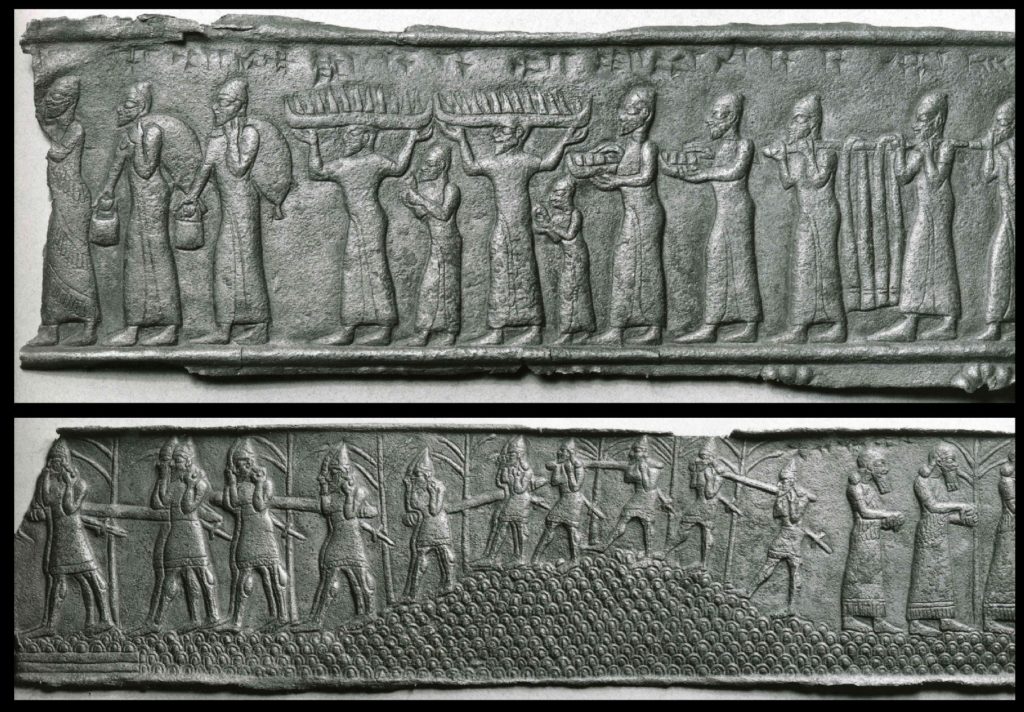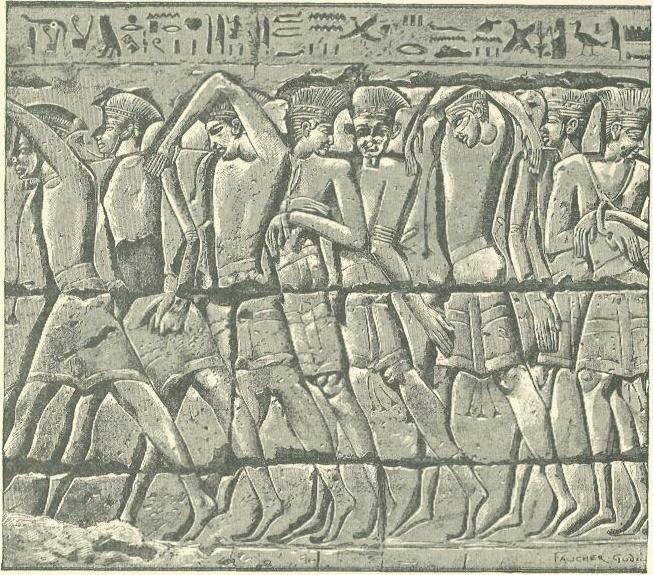The Restoration
1 “For behold, in those days and at that time, when I restore the fortunes of Judah and Jerusalem, 2 I will gather all the nations and bring them down to the valley of Jehoshaphat, and I will enter into judgment with them there, on account of my people and my heritage Israel, because they have scattered them among the nations, and have divided up my land, 3 and have cast lots for my people, and have given a boy for a harlot, and have sold a girl for wine, and have drunk it. Joel 3:1-3
The dispensationalists teach that this is a future prediction of the state of the present-day State of Israel. They explain that all nations will be judged in some literal valley near present-day Jerusalem. However!
The Valley of Jehoshaphat
There is no physical literal valley of Jehoshaphat any more than there is an Armageddon or hill of Megedon. These are symbolic places. In order to understand the symbol, one must always look at the name they are given to the symbol. In this case, Jehoshaphat mean’s “YHWH judges.”
The idea that God is in one place at any one time is the thinking of finite beings, but our God is infinite. He is never in one place or time. God is always sitting on His Throne of Judgement. He is omnipresent. He is always separating or making a distinction between the sheep from the goats, wedding guest and wedding crashers, the bride and the whore, etc.
FYI: The literalist always looks for a valley that meets the description. There is a valley on the main road between Hebron and Jerusalem that is called the Valley of Berachah. Where Jehoshaphat spoiled the enemies God had defeated. The meaning of Berachah is “blessing.” [2Chron. 20]
Tyre, Sidon, and Philistia
4 “What are you to me, O Tyre and Sidon, and all the regions of Philistia? Are you paying me back for something? If you are paying me back, I will requite your deed upon your own head swiftly and speedily. 5 For you have taken my silver and my gold, and have carried my rich treasures into your temples. 6 You have sold the people of Judah and Jerusalem to the Greeks, removing them far from their own border. 7 But now I will stir them up from the place to which you have sold them, and I will requite your deed upon your own head. 8 I will sell your sons and your daughters into the hand of the sons of Judah, and they will sell them to the Sabeans, to a nation far off; for the LORD has spoken.”
9 Proclaim this among the nations: Prepare war, stir up the mighty men. Let all the men of war draw near, let them come up. 10 Beat your plowshares into swords, and your pruning hooks into spears; let the weak say, “I am a warrior.”
11 Hasten and come, all you nations round about, gather yourselves there. Bring down thy warriors, O LORD. 12 Let the nations bestir themselves, and come up to the valley of Jehoshaphat; for there I will sit to judge all the nations round about. Joel 3:4-12
These were the people groups that inhabited the Promised Land and resisted Israel’s return to the land after leaving Egypt and spending 40 years in the wilderness. These people groups no longer exist.
Canaanite/Phoenician

The peoples here are long gone from history. Tyre and Sidon were Canaanite/Phoenician people. After Nebuchadnezzar took Sidon and cut off Tyre the people began to migrate to Carthage and other settlements around the Mediterranean. Carthage was eventually destroyed by the Roman’s Third Punic War (146 BC). The surviving people were sold into slavery and lost in the empire. There has not been a Canaanite/Phoenician people since then.
Philistia

The Philistines are also gone from history. They were completely wiped out by Hezekiah.
He smote the Philistines as far as Gaza and its territory, from watchtower to fortified city.” 2Kings 18:8
After this “smotting” there are no more references to the Philistines from either the Egyptian or Assyrian sources.
P
Sabeans
The other nations are to be sold to the Sabeans. There is some question as to who the Sabeans were and where they are now. The most common idea is that they were the people of Sheba, as in the Queen of Sheba who came to see Solomon.[1 Kings 10:1-29 2 Chronicles 9:1-31 Matthew 12:42]
They are first mentioned in the Table of Nation is Genesis 10 as a son of Cush.
The sons of Cush: Seba, Havilah, Sabtah, Raamah, and Sabteca. The sons of Raamah: Sheba and Dedan. Gen. 10:7
They historically resided on the south-western end of the Arabian Peninsula, where Yemen now is and across the Red Sea in the horn of Africa. They were part of the spice trade and grew frankincense. Their capital was Mariab or Mareb. They were famous for a large irrigation dam. At some point in history, no one is quite sure exactly when their dam failed and they were unable to sustain their numbers. They moved into Africa and became part of the Ethiopians.
FYI: The Sabean were said to be tall by Isaiah [Isaiah 45:15] Josephus tells how they were dominated by Nimrod. [Book 1 Chapter 6 section 2]
Fulfilled?
All these nations are gone now. Joel was a true prophet. For his prophecy came true. For those who want to make this a still future prophecy their only recourse is to make it typological.
Typology is that which in the Old Testament shadows, prefigures, or elucidates something in the New Testament. In theological discussions of typology, there is the type and antitype. The type is in the Old Testament as a historical event or instruction that prefigures the antitype in the New Testament. As such it demonstrates the unity of both Old and New Testaments.
examples:
Abraham’s sacrifice of Isaac (type) and a prefigure of Messiah’s crucifixion (antitype). [Gen 22]
Joseph was rejected by his brothers (type), yet rules over them (antitype). [Gen 37, 42]
The entire sacrificial code of the temple (type) of Messiah’s atonement (antitype).
The birth of Isaiah’s son (type) and the birth of Messiah (antitype). [Is 7:14]
The books of The Song of Songs and Hosea are both consider typological of God’s relationship with his people. One is the faithful bride the other is the unfaithful whore.
Alternative

Although we feel that a typological interpretation is unwarranted.
The only New Testament passage that resembles this Joel passage is the judgment of the Sheep and Goats. [Matt 25:31-46] Where the nations (not individuals as is sometimes taught) are judged on how they have treated “the least of these my brethren.” Then there is the argument as to who is our Lord’s brothers, Jews or Christians? But, He already answered that.
For whoever does the will of my Father in heaven is my brother, and sister, and mother.” Matt. 12:50
Whoever does the will of God is my brother, and sister, and mother.” Mark 3:35
But he said to them, “My mother and my brothers are those who hear the word of God and do it.” Luke 8:21
